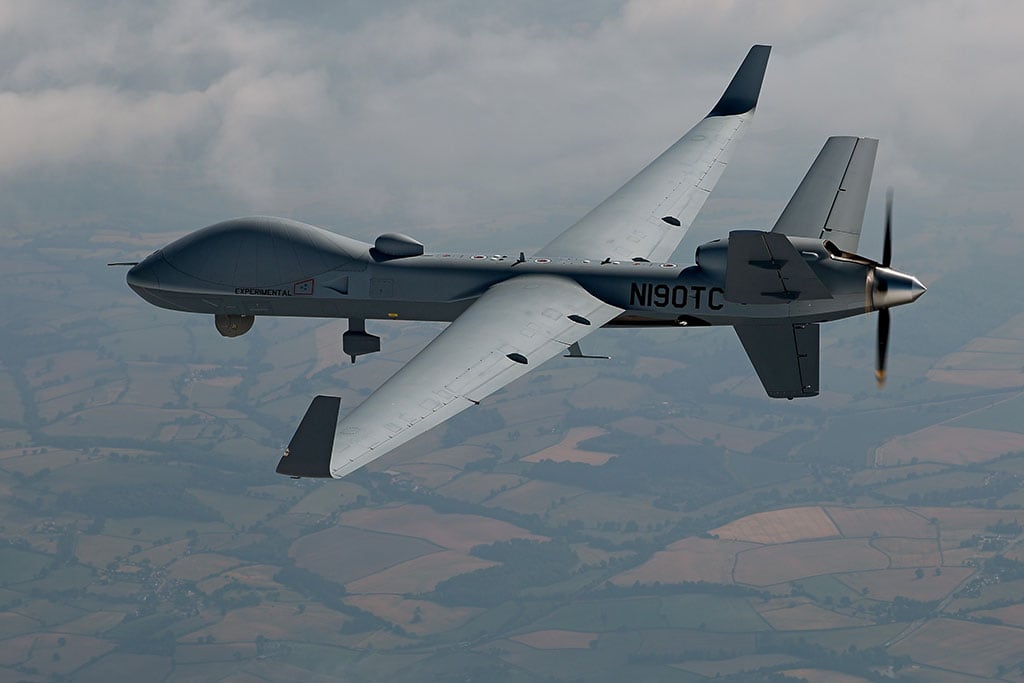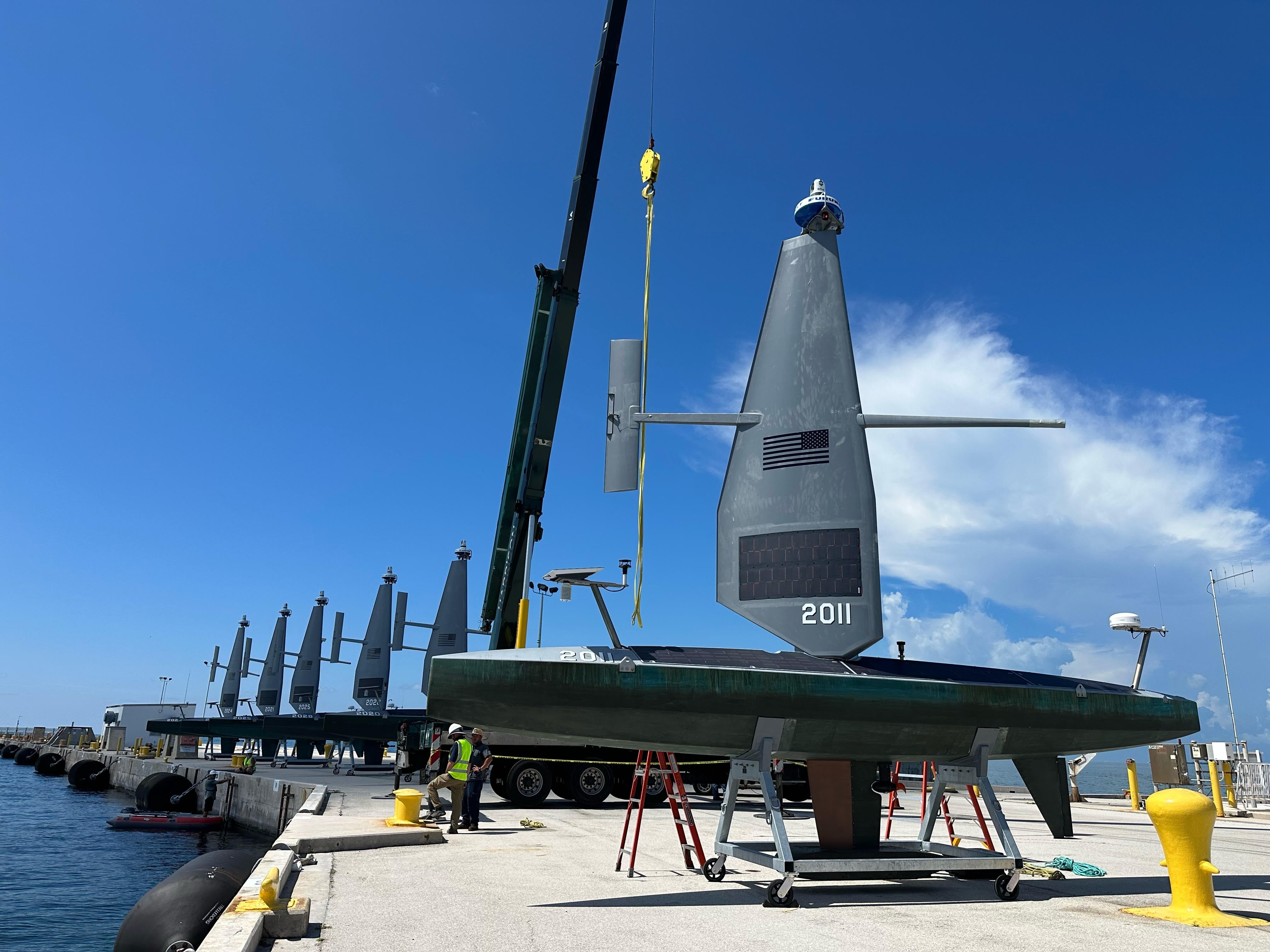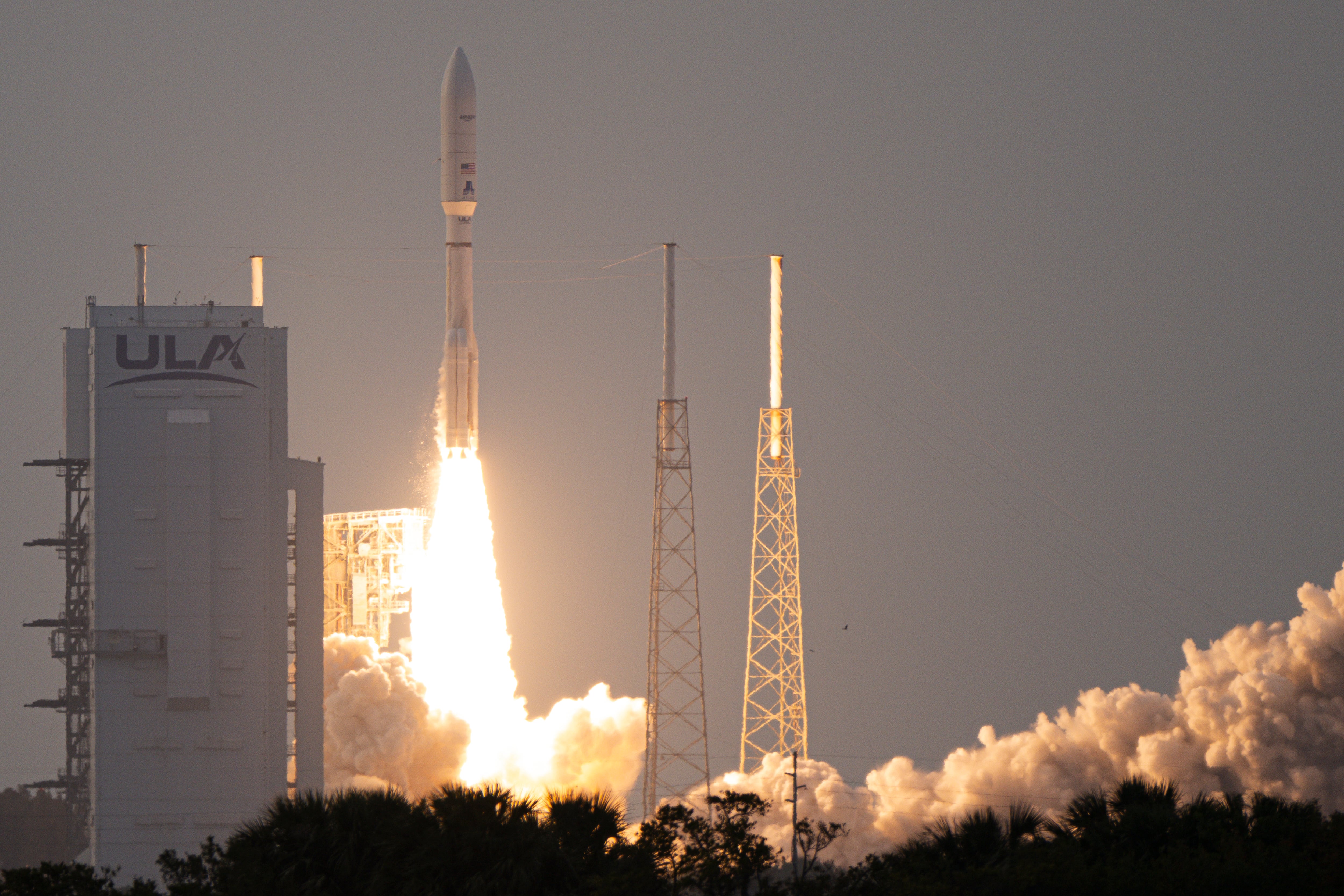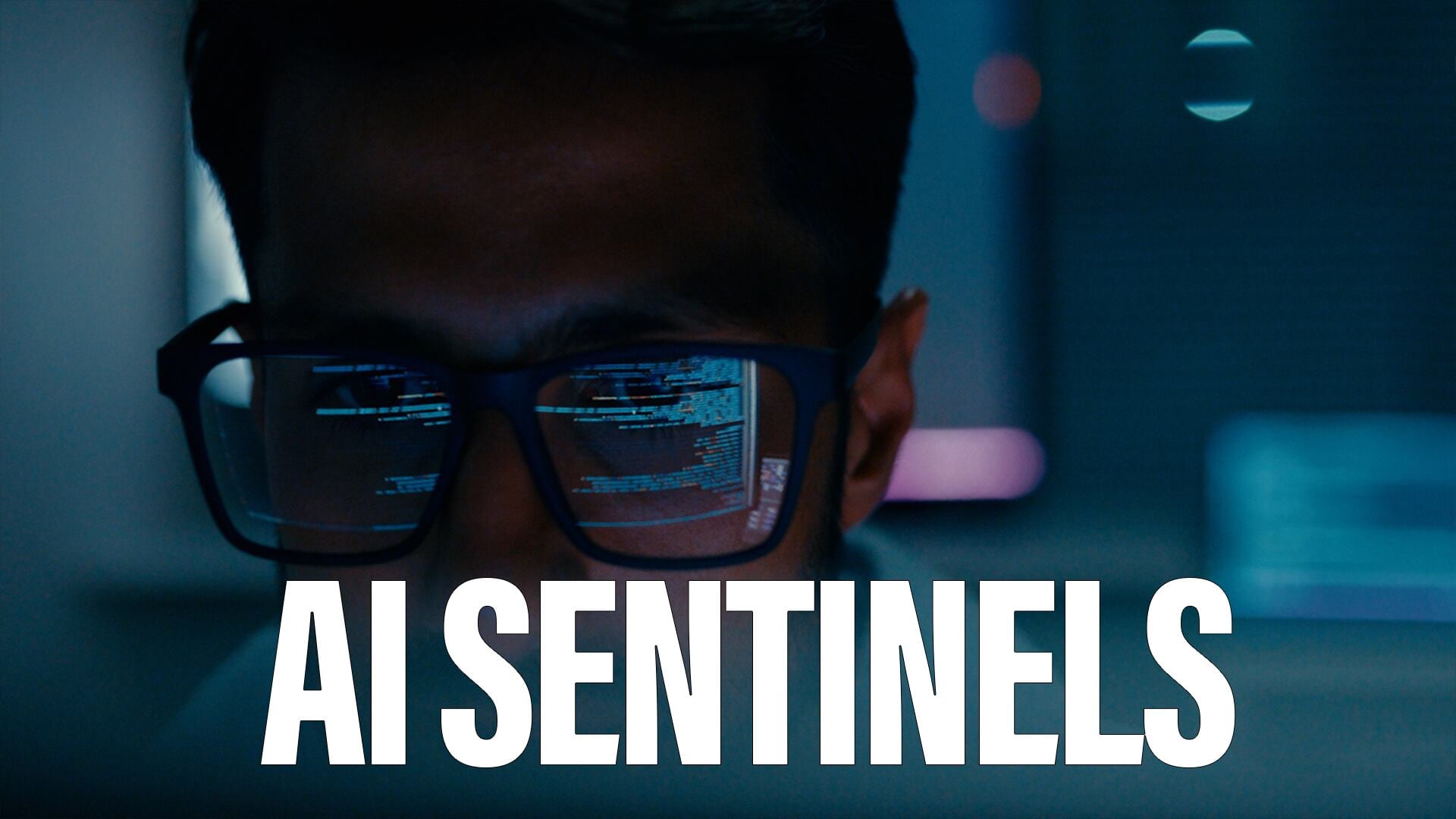Across the Army, soldiers in training at 12 different installations will be able to train together simultaneously, whether they're training in a simulated helicopter or virtual ground combat vehicle.
The Live, Virtual, Constructive-Integrating Architecture (LVC-IA) system connects the posts' tactical communications systems with the simulator training, bringing a new level of situational awareness to the Army training picture, according to officials.
"The reason behind the integrating architecture was that the pieces didn't work well together; they weren't meant to work together for collective training," said Lt. Col. Patrick Chavez, director of Training and Doctrine Command's Integrating Architecture project office. "Some of these can put an entire company, 14 tanks into [the Close Combat Tactical Trainer ground vehicle simulator] and do collective training as an entire unit. This was to get everyone, down to the individual crew level, into a larger, multi-echelon training event, all together. At one point we only trained as, say, a tank company, but now we can place the tank company with a team or squad of aviation, or with infantry on the ground in our gaming solution, or an entire battalion in LVC-IA. The goal was to pull all that together; before, it was all stovepiped."
The new training capabilities are being test-run at Fort Stewart, Georgia; Fort Rucker, Alabama; and Fort Campbell, Kentucky. Among the technologies were the CCTT, the Virtual Battlespace 3 gaming program and the Homestation Instrumentation Training System used for ground forces training. The Aviation Combined Arms Tactical Trainer helicopter simulator and Reconfigurable Vehicle Tactical Trainer ground vehicle simulator also were used.
The idea is to present a singular, shared, live and virtual training environment where participants can interact with each other as though they were in the same physical space. Another goal is to enrich the home-station training experience where data flows better and makes it more realistic.
In previous approaches, soldiers "didn’t get services they would get in the field, connecting to classified systems, getting feeds from [Warfighter Information Network-Tactical] WIN-T or beyond-line-of-sight systems. When training with simulators the networks are closed and restricted, and that precluded simulator data from traveling outside this controlled network. So the units weren’t happy and commanders weren’t happy – they wanted to train the same way they do when they’re not using a simulator," Chavez said. "With Version 2 [of LVC-IA] we have the permissions to allow units to connect to their tactical network. They’re no longer confined to one network…they can go to the tactical network in addition to receiving simulator feeds from [their local mission training complex]. It adds complexity to their training event."
With Version 2 rolling out, officials already are turning toward Version 3, for which Chavez said they're starting to identify requirements and working with Program Executive Office for Simulation, Training and Instrumentation to develop the next iteration of the system. He said officials are looking at 2018 for the first system to field, with upgrades going to the remaining 12 sites in 2019 and 2020.
But Version 3 will be the last of this kind of virtual training program, Chavez said, as Army leadership focuses on future networks and the ongoing transition of IT programs and applications to the cloud.
"Like anything else this could move to the cloud, so we have to continue to progress with the rest of the Army, and we have to have the capability to support where the Army and CIO/G6 decide to go with the network and what we do with our networks and data," Chavez said.
Most likely that means LVC-IA, or the capabilities it provides, will move to a synthetic training environment – away from integration and more toward cloud-based convergence of live, virtual, constructive and gaming training into one capability.
"That's the future of simulation," Chavez said.
But for now, "this system is really about reinvigorating home station training. A lot of units will think the National Training Center is where we go to get these larger combined arms collective training events, but LVC-IA is designed to reinvigorate home station training," he said. "As we enter a new era of combat it's important to jumpstart that home-station training. Ultimately this is all focuses on Army Chief of Staff's No. 1 priority, which is readiness. This will ultimately improve readiness."








